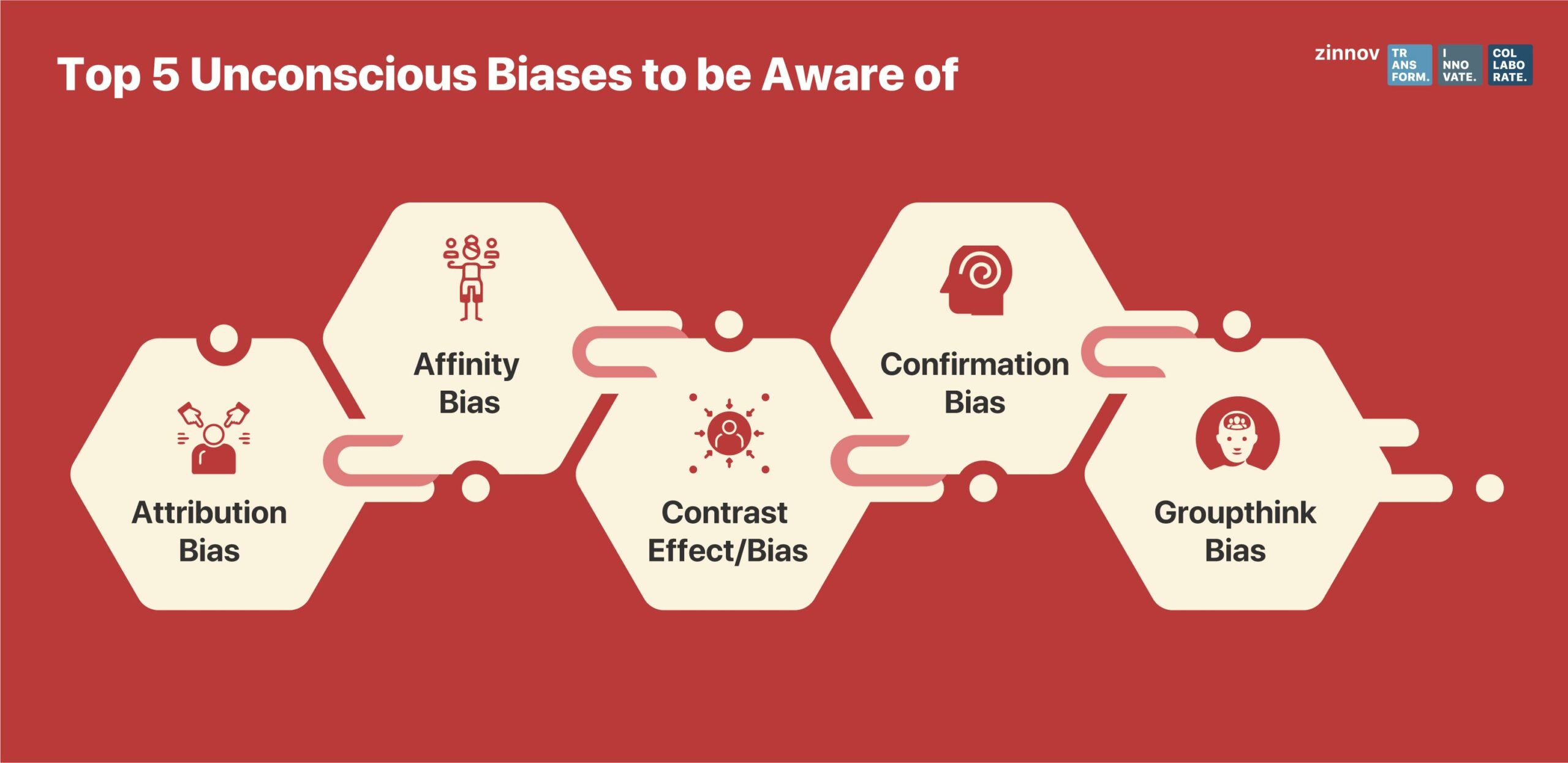|
|
The last year has been described as a horrific series of “Un”s – uncertain, unprecedented, unforgiving, to name a few. It has also amplified some key “Un”s (elements) of human behavior – both the good and the bad. While it has taught us the power of unity and unwavering spirit, it has also put a spotlight on unconscious biases that may divide us.
Also known as hidden or implicit biases, unconscious biases are embedded within a blind spot of our brain, and can influence our thoughts, opinions, and behaviors without permission of the beholder.
Unconscious biases are like body odor – everyone has it; it is no one’s fault that we have it. Most of the time, we are not even aware of it. Sometimes other people may point out that it is offensive, and when that happens, it is our responsibility to clean it up to benefit ourselves and everyone around us.
Much like anxiety worsens body odor by causing excessive sweating, biases too get magnified in situations of stress – the economic, social, and emotional turmoil that most of us are currently coping with will only exacerbate them. In the best case, biases assist in making instinctive judgement calls and enabling self-preservation in such trying times.
However, at the workplace, there is a high risk of our unconscious biases promoting insensitive or exclusive behavior. Lately, Inclusion & Diversity initiatives have been taking up the top spot in the list of priorities organizations have in order to improve the company culture and employee well-being. With more and more organizations adopting no-tolerance policies against racism, sexism, homophobia, casteism, and any other form of discriminatory behavior, it becomes imperative for employees and employers alike to be aware of their own biases, and maintain an open mind to identify and rectify these issues within themselves.

The tendency to make judgements and assumptions about both one’s own and others’ behaviors and actions, rather than be an objective perceiver.
The tendency to gravitate/associate with people who we believe are like us, over those with whom we do not identify. This could be in terms of gender, age, race, nationality, education, upbringing, etc.
Setting the expectation and/or evaluating the performance of one person in comparison to another, often after interacting with both individuals either simultaneously, or in close succession.
The undue influence of our personal experiences, beliefs, or preconceived notions (rather than hard facts) on the assumptions and decisions we make. It is the tendency to favor information that confirms beliefs we already hold.
The tendency of adopting opinions of the majority and setting aside personal thoughts and beliefs, with the aim of achieving group consensus. This is a common occurrence in group discussions.
In 2017, a global study2 reported that those who perceived bias were 3X as likely to plan on leaving their organization within a year and 4X as likely to feel alienated and demotivated at work. The study estimated the cost of workplace biases to amount to a whopping USD 450-550 Bn per year – and that was well before a global pandemic brought the world to its knees!
There has never been a more important time for organizations to invest in creating inclusive workplaces by unmasking biases – and the above understanding is a good place to start. But like all organizational change journeys, it leads to the next question: What are you going to do about it?
In his book ‘The Age of Insight,’ Nobel Prize-winning neuroscientist Eric Kandel states that as much as 90% of the human mind functions unconsciously. This indicates that biases are a reflection of conditioning, not of character. Rather than denying or ignoring them, approaching them with mindfulness and a desire to mitigate their negative impact, is a good place to start.
Just as awareness about one’s own body odor leads to action and eventual remedy, so too unmasking biases help in addressing them definitively. Do not wait for someone to bring attention to your organizational body odor – instead, acknowledge it, address it, and act on minimizing it – to benefit yourself and those around you. Each individual is an asset and it is the company’s responsibility to make sure nobody is disrespected or denied for who they are. While organizations may do their part in helping correct these biases as part of their Inclusion & Diversity drives, in the end, the change starts with and within each person. Lead with greater awareness of workplace biases, rather than as a consequence of them.
1: The Six Thinking Hats is a role-playing model presented by Edward de Bono in 1986. It serves as a team-based problem solving and brainstorming technique that can be used to explore problems and solutions and uncover ideas and options that might otherwise be overlooked by a homogeneously thinking group.
2: University of Chicago & Harvard Business Review article: When Employees Think the Boss Is Unfair, They’re More Likely to Disengage and Leave